
An eye stye (medically known as chordeolum) represents an infection that develops as a consequence of blockage of the openings of the oil glands in the eyelids. The infection is most commonly caused by Staphylococcus. The affected part of the eyelid is red and swollen and in the middle there is a painful and a pimple like bump or boil. In majority of cases eye stye withdraws spontaneously within a day or two. However, if the infection affects deeper layers of the eyelids or tends to linger one should seek proper medical attention. One potential side effect of a stye is blepharitis but it generally develops if one is suffering from multiple styes.
What Causes Eye Stye?
Eye styes develop due to infection of sebaceous glands of the eyelids. These glands are located at the base of the eyelash and they produce moisturizing and lubricating substance. In case there is any kind of blockage and the sebum cannot be eliminated from the sebaceous glands it stays trapped inside the glands and additional problem occurs once the bacteria inside the sebaceous glands start to multiple. The affected gland enlarges and becomes painful. This is a typical case of the external stye.
Internal stye, on the other hand, develops due to infection of the meibomian gland (the gland located in the very center of the eyelid) and is much more serious medical condition. Accumulated pus simply cannot drain spontaneously. This is why internal styes are very painful. The drainage of the infected gland is achieved with the doctor's assistance.
People suffering from certain medical conditions are more susceptible to styes comparing to healthy individuals. For example, styes more often affect patients suffering from diabetes, certain hormonal changes, people with weak immune system etc.
What Are Eye Stye Symptoms?
Eye styes typically cause inflammation of the eyelids. There is swelling and redness of the affected part of the eyelid and in the very center a bump that is usually yellow. Additionally, some patients say they feel heat at the corner of the eyelids or near eyelashes and eyelids. The infected area is tender to touch. In many cases eye stye leads to teary sensation in the eyes and irritation while blinking the eye. The very presence of the bump makes one feel as if he/she has a foreign object in the eye. Scratching of the affected eye makes the problems only worse and the eyes may become more sensitive to light or one develops temporary blurred vision. And finally, recurrent inflammation and repeated eye styes may eventually lead to a chronic eyelid infection.
- www.betterhealth.vic.gov.au/health/conditionsandtreatments/styes
- www.nhs.uk/conditions/stye/
- Photo courtesy of Andre Riemann by Wikimedia Commons: commons.wikimedia.org/wiki/File:Stye02.jpg


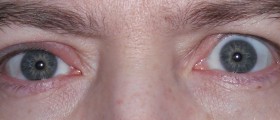




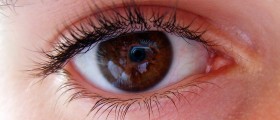

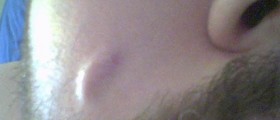
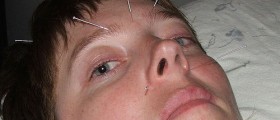
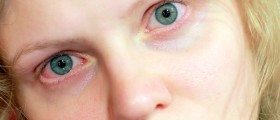
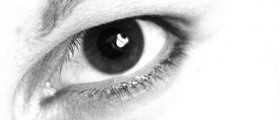




Your thoughts on this
Loading...